Why Does Cannabis Work?
Many people understand what cannabis does—but most of us don’t know why it does it.
Cannabis is a beautiful, sophisticated, mysterious, and inspiring plant—and, as scientists in the last 25 years have discovered, the human body is designed to interact with it via the endocannabinoid system (ECS).
Our bodies are a series of complex systems, most of which you are probably familiar with—the nervous system, the digestive system, circulatory system, etc. Roughly 25 years ago, a Los Angeles doctor working to understand how THC, the compound responsible for much of cannabis’ range of effects, stumbled upon a complex network of cannabinoid receptors (CBr, CB-1) in cells located within both the central and peripheral nervous system.
In the years since, doctors and scientists have identified other cannabinoid receptors (including cannabinoid receptor 2, or CB-2), located within the immune system, digestive system, and most of the body’s major organs. These receptors are unique in that they are able to receive the CBN, THC, and CBD molecules found within cannabis.
The unearthing of CB-1 and CB-2 led researchers to the discovery of Anandamide, a cannabinoid-like chemical found within our bodies that interacts with the CB-1 and CB-2 receptors. Anandamide moderates both the central and peripheral nervous systems and as a result has an impact on the regulation of functions within the immune system.
It’s incredible to think, inside the last 25 years, we’ve discovered a system in our bodies specifically designed to interact with the active chemical compounds found within cannabis.

Cannabis compounds—a quick breakdown.
CB-1
The CB-1 receptors within our bodies receive THC molecules from cannabis. These receptors are concentrated in the brain, as well as the central nervous system, and are scattered throughout bodily tissues. They are mostly responsible for many of the psychoactive effects commonly associated with our favorite plant.
CB-2
CB-2 receptors are designed by our bodies to receive the CBN molecules found within cannabis. These receptors have been discovered within the peripheral organs and cells inside our bodies’ immune system. The highest concentration of CB-2 receptors is located in the gut.
Anandamide—the “molecule of wonder.”
The name Anandamide is taken from the Sanskrit word ananda, meaning joy, bliss, or delight, which is appropriate given Anandamide is a naturally occurring chemical found within all mammals that help us receive the benefits of cannabis. Anandamide is an endocannabinoid produced naturally by our bodies and interacts with the CB-1 and CB-2 receptors to moderate the central and peripheral nervous systems. Anandamide influences sensations related to pain, appetite regulation, pleasure, and reward.
Endocannabinoid System
Each of us has an endocannabinoid system. Similar to the nervous and digestive systems, the endocannabinoid system is involved in many bodily processes including appetite, pain-sensation, mood, and memory. Amazingly, doctors and scientists have learned that the endocannabinoid system naturally produces chemical compounds similar to those found within cannabis. These chemicals transfer messages between our brains and bodies through neurons and receptors. While much research needs to be conducted to complete the picture of what the ECS does, we know the endocannabinoid system promotes homeostasis (think of this as the balancing act your body performs to keep you on track), helping to maintain harmony across all major body systems. The discovery of the ECS provides a biological explanation for the therapeutic effects of plant cannabinoids and has led many within the scientific community to view cannabis as medicine.
Research and education information courtesy of Holos Health | Dr. Joseph Cohen, D.O.